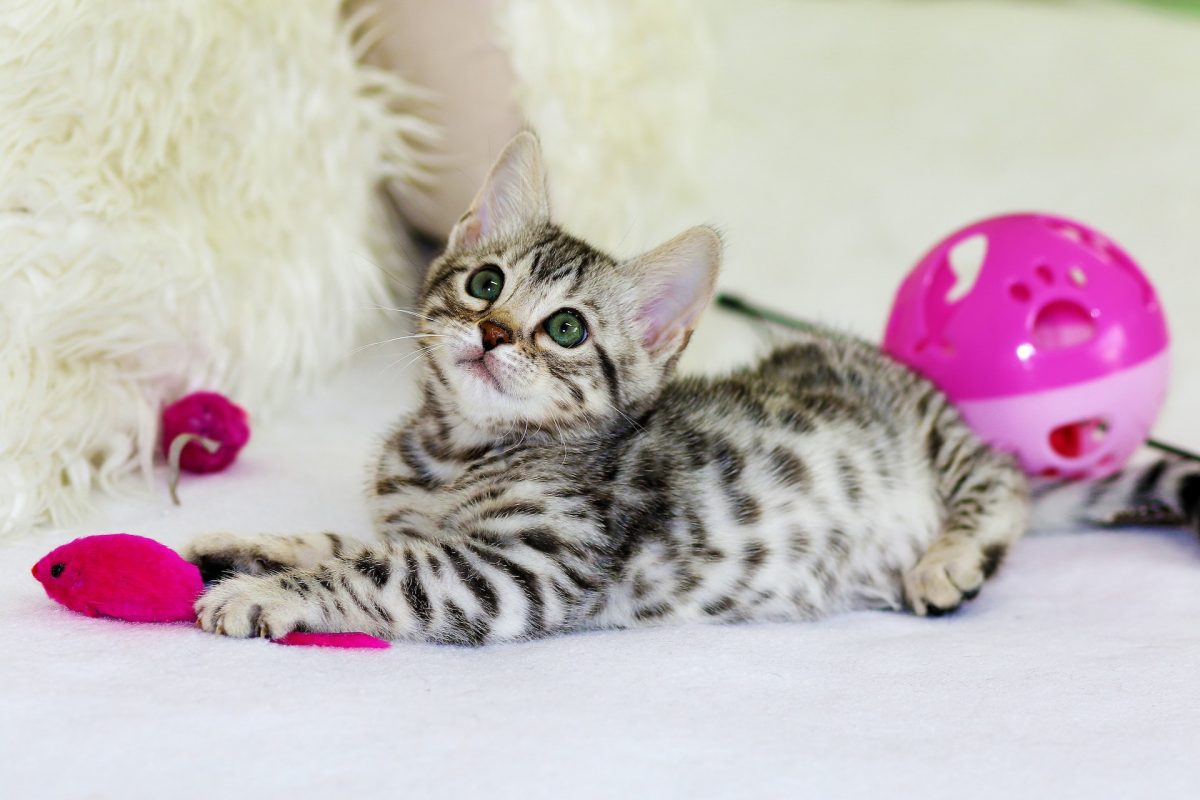No products in the cart.
Cat Behavior & Training, Cats
How to Perform CPR on Your Cat or Kitten
Perform CPR on Your Cat or Kitten
If your cat or kitten is choking or having trouble breathing, you can perform CPR (cardiopulmonary resuscitation) to help save its life until a veterinarian can see it.
What is CPR?
Cardiopulmonary resuscitation (CPR) is a set of procedures that includes chest compressions and artificial ventilation. In common usage, however, it refers only to chest compressions. Chest compressions are typically performed with two hands for an adult and one hand for a child or infant at a rate of at least 100 per minute. The ideal compression fraction is unknown.
Benefits of Doing Chest Compressions on a Kitty
Chest compressions are intended to keep blood flowing through a cat’s heart and brain. However, you should not perform these compressions if your cat has seizures because they can worsen them.
Should your cat experience cardiac arrest due to heart disease, chest compressions may be effective in keeping her alive long enough for you to transport her to a veterinary hospital or emergency clinic where she can receive defibrillation.
This will restore a normal rhythm of electrical activity as well as further medical treatment. Regardless of what condition causes cardiac arrest in your pet, she will likely suffer severe brain damage after three minutes without oxygen-rich blood flowing through her body.
How to do chest compressions
You may not have learned chest compressions in your basic first-aid courses. That’s because chest compressions only come into play for someone who has stopped breathing without a pulse (or someone in cardiac arrest).
The Pakistan Heart Association doesn’t recommend performing chest compressions outside of a medical facility since it can do more harm than good if not done properly. However, you can familiarize yourself with how to give chest compressions so that if an emergency arises involving your cat, you’ll be able to respond appropriately and quickly.
Make sure to read our guide before attempting anything. And remember: If you see any sign that your cat is in distress no matter how small it’s always best to contact a veterinarian immediately.
What Else Can You Do?
Many people don’t know they can give their cat a blood transfusion in an emergency. It may be necessary in rare cases, and if there’s no other way to save your pet’s life, it might just be your only option. If you ever come across a cat with very pale gums, dazed eyes, and sedentary behavior, those could all be signs of a blood deficiency.
So take him to a vet immediately! Otherwise, you can do some simple things for his overall health: monitor what he eats (particularly if he has certain allergies), ensure he gets enough exercise every day, and keep an eye out for injuries.
Talk to your vet
One of your veterinarian’s most important jobs is to help you keep your pet healthy and happy. The best way to do that is by asking questions. If you aren’t sure how much food is enough, ask her. If you are nervous about bringing home a new cat, ask him.
Ask your vet about behavior changes, diet, and dental care whatever comes up while you are with him. That’s what she’s there for! Vet visits should be a learning opportunity for both you and your pet.

